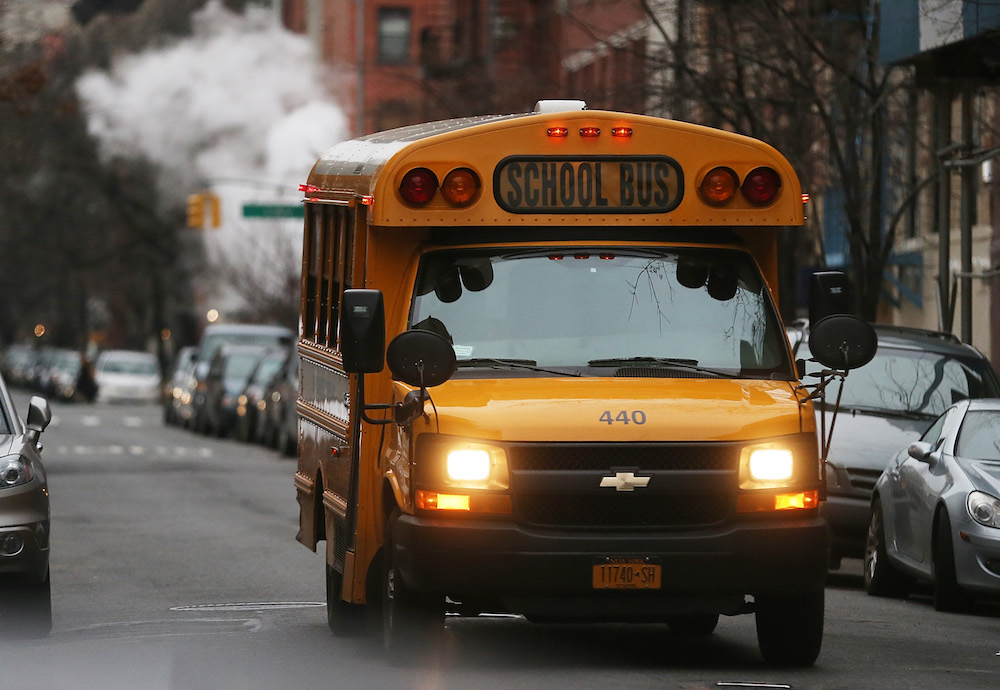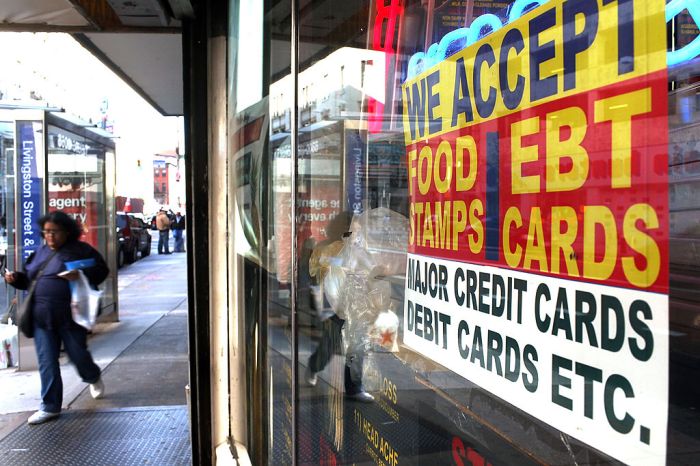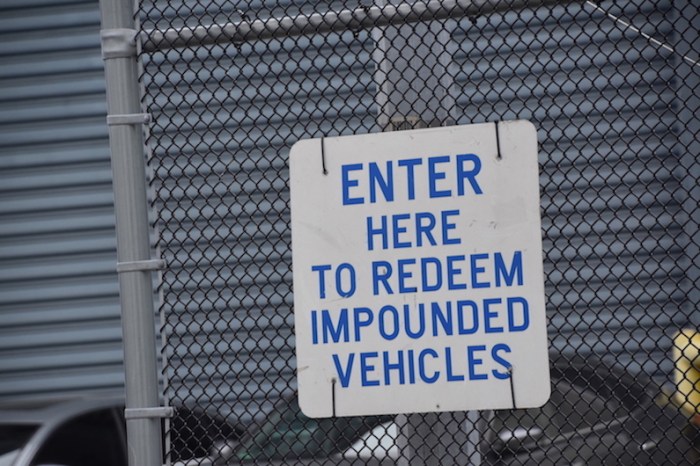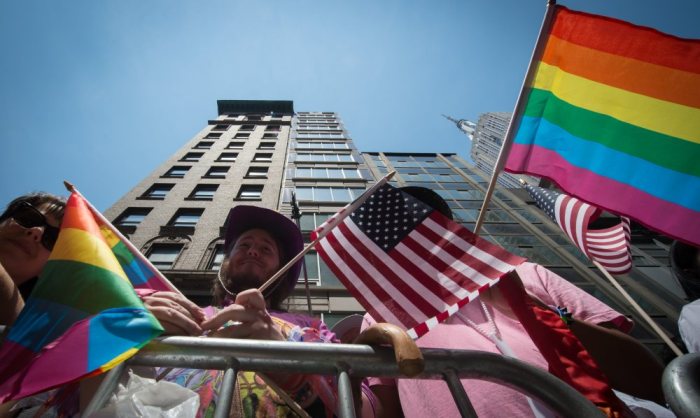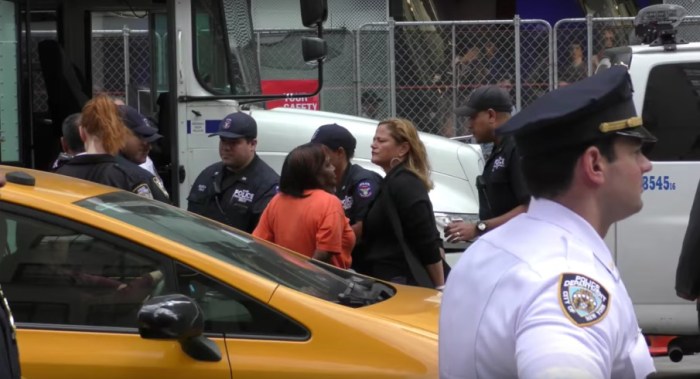Students who rely on New York City school buses to get to class experienced more than 27,000 school bus related delays in Sept. 2018 alone, according to data from the New York City Council. On average, those delays made kids 28 minutes late.
These delays, which most frequently stem from heavy traffic and mechanical problems, are just some of the New York City school bus issues that have prompted parents to make hundreds of thousands of calls to the city school bus helpline, along with no-show busses and missing kids.
NYC Council Speaker Corey Johnson hopes to resolve these issues with a package of bills unveiled this week meant to increase transparency around the Department of Education’s Office of Pupil Transportation.
Called the Student Transportation Oversight Package (STOP), the plan calls on the city to outfit its yellow school buses with GPS tracking and two-way radios.
It also requires the DOE to make scheduled New York City school bus routes public at least one month before school starts, provide more extensive training for bus drivers who transport students with disabilities, and to report on details like the department’s policies for handling complaints against bus drivers and the number of investigations into drivers each quarter.
“When parents put their children on a school bus, they expect their kids will travel safely and arrive on time. The recent issues we have seen, with buses failing to show up and students left stranded hours on end, are terrifying, especially for students with disabilities and very young children,” Johnson said in a statement. “What a horrible way to start the year for these kids and families.”
New York City School Bus delays ‘unacceptable:’ Chancellor
Johnson introduced the student transportation bills at a packed City Council Education Committee hearing on Tuesday.
Parents and advocates for students testified about difficulties they’ve experienced just trying to get their kids to class on time.

“We heard from families about buses that did not show up at all, buses that arrived at school after classes began, bus schedules that required students to leave class early, bus rides that lasted for hours, bus rides that far exceeded the maximum amount of time allowed by students’ Individualized Education Programs (IEPs), buses that arrived without the nurse or paraprofessional that students required, buses that did not have the air conditioning, wheelchair lift, or other accommodations that the students’ IEPs mandated and children arriving home with injuries that they did not have prior to getting on the bus,” said Randi Levine, policy director at Advocates for Children of New York.
New York City Schools Chancellor Richard A. Carranza spoke at the hearing as well, acknowledging that the New York City school bus delays were “unacceptable” and promising to overhaul the system.
Carranza introduced the DOE’s new Senior Advisor to the Chancellor for Transportation, Kevin Moran, who will oversee the Office of Pupil Transportation. Moran detailed some changes by the city to improve school buses — both underway and planned for the future — like a new Twitter handle @NYCSchoolBuses to facilitate communication, better background checks on bus drivers, added staff positions and plans to explore the idea of GPS on all buses.
Currently, just special education buses – about one-third of the New York City school bus fleet – are equipped with GPS, he said.

